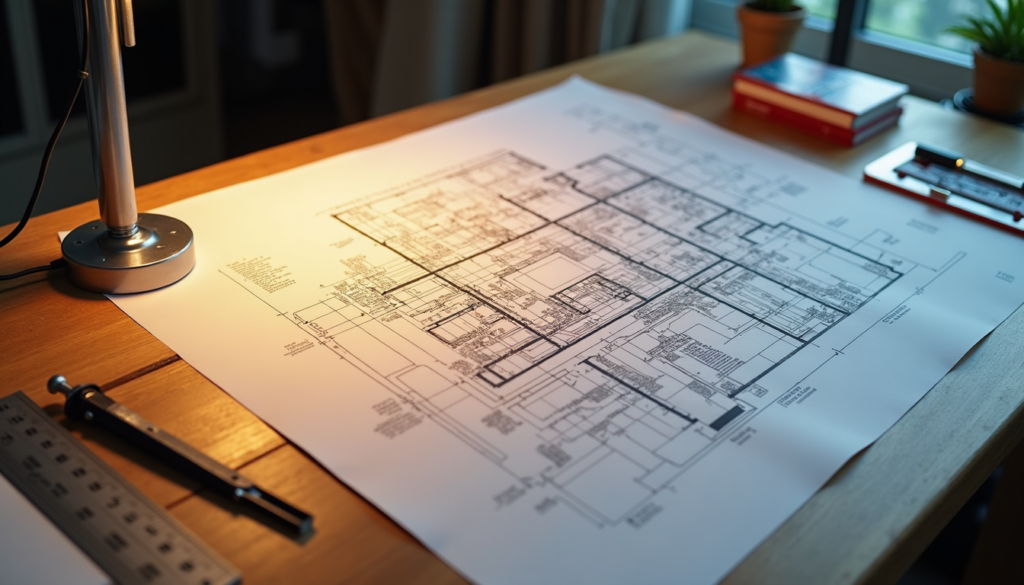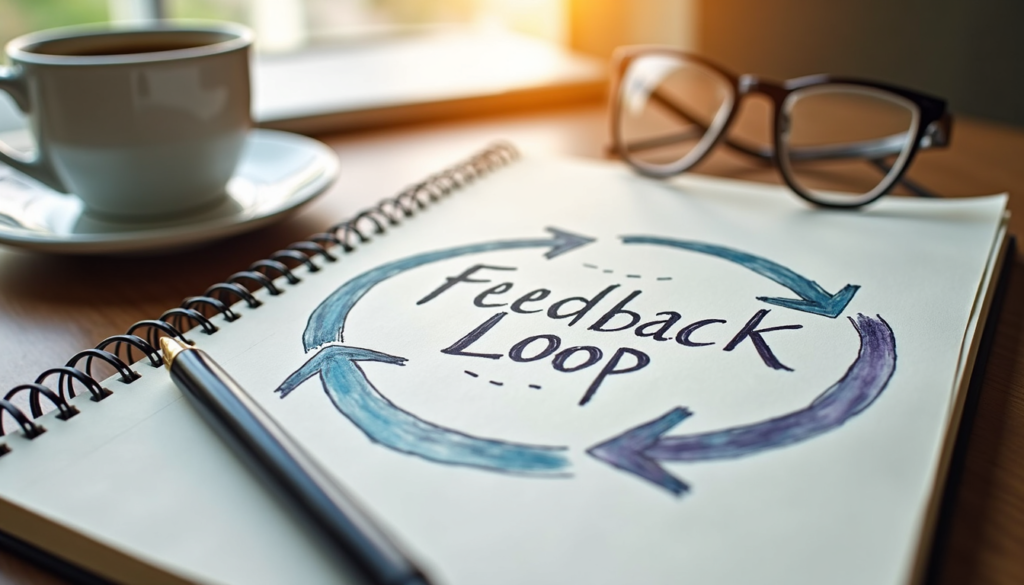In today’s fast-paced world, balanced decision making has become essential for personal well-being and professional success. Whether facing major life choices or everyday situations, finding an equilibrium between analytical thinking and intuitive judgment helps avoid costly mistakes.
Research from Harvard Business School suggests that choices made with proper harmony between emotion and logic yield better long-term outcomes. This article explores effective decision-making strategies and provides practical, balanced decision tips to help you navigate life’s crossroads with greater confidence and clarity. By understanding how to overcome bias and employ mindful choices, you’ll develop a more comprehensive approach to judgment calls that align with your true priorities
The Fundamentals Of Balanced Decision Making
Cognitive bias affects even the most disciplined minds when faced with countless daily choices. Understanding the foundations of effective choice-making provides the necessary framework for improvement in both personal and professional spheres.
How to Balance Emotion and Logic When Making Decision
The interplay between emotion and logic forms the cornerstone of effective decisions. How to balance emotion and logic when making decisions involves recognizing that both elements serve valuable purposes. Emotions provide intuitive insights about what truly matters to us, while logical thinking helps evaluate options objectively. Research from the University of Pennsylvania shows that individuals who deliberately engage both systems make more satisfying choices overall.
One approach to integration involves the two-column method, where you separately list emotional responses and logical considerations before synthesizing them into a final decision. This technique prevents either aspect from dominating your choice-making process, resulting in more holistic and effective decisions. Developing emotional intelligence while maintaining rational decisions creates a powerful synergy that enhances your choice-making capabilities.
Evidence-Based Methods to Make Life-Changing Decisions
When facing major life choices, relying on structured, research-backed methods improves clarity and reduces risk. Tools such as decision matrices and expected value calculations provide logical frameworks for comparing complex options objectively.
Psychologist Gary Klein’s work on recognition-primed decision making shows how experienced individuals combine pattern recognition with rapid analysis to make effective choices. Blending these expert strategies with mindful, value-driven reflection results in a decision-making process that is both grounded in evidence and aligned with personal priorities.
These methods support balanced decisions by integrating analysis with intuition, helping you navigate high-stakes situations with greater confidence.
Practical Strategies for How to Make Balanced Decisions

Establishing a consistent approach to decision-making improves outcomes across all life domains. These practical techniques have been validated through both research and real-world application.
Best Practices for Making Decisions Under Pressure
Stress can significantly impair judgment, making it crucial to develop techniques for maintaining mental clarity when stakes are high. Best practices for making decisions under pressure include preparation routines that activate your pre-frontal cortex rather than triggering fight-or-flight responses. Strategic thinking becomes particularly important when time constraints add complexity to your choices.
Pre-commitment strategies, where you establish decision criteria before pressure mounts, help maintain consistent standards even when emotions run high. Many professionals practice scenario planning to reduce the overwhelming nature of making decisions when pressured. These approaches form strategies for decision making that actually deliver results, allowing you to maintain clear thinking despite challenging circumstances.
How to Avoid Common Decision Making Mistakes at Work
Professional environments present unique decision-making challenges that require specific solutions. How to avoid common decision making mistakes at work begins with recognizing the influence of organizational politics and implicit expectations. Being aware of these factors helps in making decisions in a balanced way that satisfies both personal and professional requirements.
Imagining what might go wrong before you act can help teams overcome decision making bias and avoid mistakes that cost time and money. Asking, “If this fails, what went wrong?” forces people to slow down and spot weak points early. It’s a practical way to stay one step ahead.
Letting people challenge each other’s ideas also helps. A clear debate—where different views are welcomed—breaks through groupthink and brings blind spots to light.
The way decisions are set up matters too. When the process is designed thoughtfully, it naturally steers people away from common traps. That’s what good choice architecture does—it guides better thinking without needing to push.
Some professionals go further by keeping a record of their decisions. Writing down what they chose and why helps them see patterns and improve over time. Over dozens of choices, this small habit adds up to sharper thinking, as recommended by the Society for Judgment and Decision Making..
Developing Awareness Techniques for Better Choices

The quality of your decisions depends largely on your awareness of internal and external factors influencing your judgment. Cultivating this awareness transforms decision-making from reactive to intentional and helps you make mindful choices.
Simple Daily Exercises to Improve Awareness in Decision Making
Consistent practice builds the mental muscles needed for effective decisions. Simple daily exercises to improve awareness in decision making transform how you process information and evaluate options. Mindfulness meditation, even in brief sessions, has been shown to enhance mental clarity and reduce impulsive choices according to research published in Psychological Science.
Many executives practice perspective-taking exercises, deliberately considering decisions from multiple viewpoints to expand their understanding. These techniques that enhance awareness when making better choices don’t require extensive time commitments—they can be integrated into your existing routines. Regular practice of these awareness techniques for better choices creates lasting improvements in your decision-making capabilities.
Overcoming Cognitive Limitations Through Mindfulness
Our minds have inherent biases that can distort judgment without our knowledge. Through mindfulness practices, you can develop the metacognitive skills needed to recognize when your thinking becomes clouded. This awareness is essential for maintaining equilibrium in challenging decision situations.
Research shows that mindful choices stem from greater self-awareness and present-moment attention. By developing these capacities, you can more effectively address overcoming biases in your decision making process that might otherwise limit your options or lead you astray. The practice of mental contrasting—vividly imagining both positive outcomes and potential obstacles—helps integrate optimism with realistic assessment for more grounded decisions.
Advanced Tools to Overcome Decision Making Bias

Even experienced decision-makers struggle with unconscious biases. Implementing structural safeguards helps mitigate these natural tendencies.
Creating Personal Decision Frameworks
Developing your own decision framework tailored to your values and goals provides consistency across different types of choices. Start by identifying your core principles and priorities, then create structured evaluation criteria that reflect these elements. This personalized approach to overcome decision making bias ensures your decisions remain aligned with what truly matters to you.
Dr. Katherine Milkman’s research on “temptation bundling” demonstrates how structuring decisions can dramatically improve outcomes, as documented in her work at The Wharton School. These approaches combine rigorous analysis with practical application.
Leveraging Technology for Enhanced Decision Making
Modern tools can complement human judgment by addressing specific weaknesses. AI-powered decision support systems can process vast amounts of data to identify patterns beyond human perception, while specialized apps help track decision outcomes for continuous improvement. When properly implemented, these technologies support the development of decision journaling habits by providing objective analyses that counterbalance subjective impressions.
Building Systems for Consistent Results

Developing emotional stability skills is vital for handling life’s ups and downs. One practical way to strengthen these skills is through emotional regulation techniques. For instance, when feeling overwhelmed, practicing deep breathing can help calm the mind and body.
Understanding triggers is also important. By identifying situations that provoke strong emotions, individuals can prepare better responses. This proactive approach reduces the chance of reactive behavior.
Engaging in physical activities has proven advantages too. Exercise releases endorphins, which boost mood. Regular movement, whether through walking or yoga, enhances overall emotional well-being.
Building Systems for Consistent Results

The most effective decision-makers rely on established processes rather than reinventing their approach for each new challenge.
Decision Analysis for Complex Situations
For particularly challenging decisions, formal analytical methods provide valuable structure. Decision analysis tools, such as decision trees, Monte Carlo simulations, and other quantitative approaches help manage uncertainty systematically. These tools support strategic thinking by making complex trade-offs more transparent and manageable.
Creating Feedback Loops for Continuous Improvement
The most effective decision-makers consistently evaluate their past choices to refine their approach. Implementing structured review processes helps identify patterns in your decision-making that might otherwise remain invisible. This systematic reflection improves your ability to apply balanced decision making principles across different contexts and challenges.
Conclusion & Next Steps

Mastering balanced decision making represents a lifelong journey rather than a destination. The techniques explored in this article provide powerful starting points for developing your own approach to making choices with greater awareness and effectiveness. By integrating emotional intelligence with rational analysis, creating structured frameworks, and practicing ongoing mindfulness, you’ll develop the capacity to navigate even the most challenging decisions with confidence.
Remember that this approach improves with practice and reflection—each choice becomes an opportunity to refine your methodology. As you implement how to make balanced decisions consistently, you’ll not only make better individual decisions but develop a more satisfying relationship with the entire decision-making process. The result? Greater mental clarity, reduced decision fatigue, and outcomes that truly align with your deepest values and most important goals.




